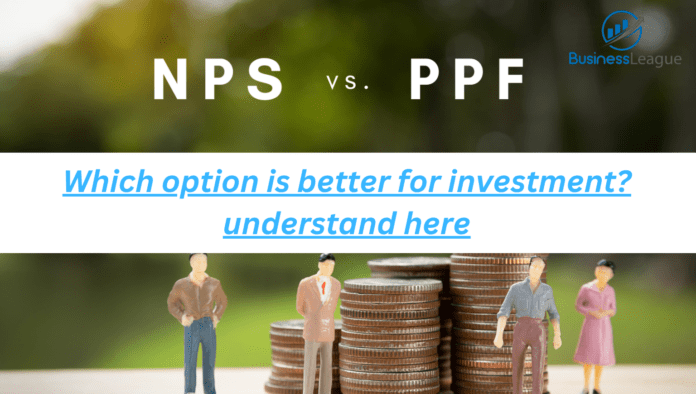PPF Vs NPS: If you want to secure your future financially, you need funds. If you work and do not want to take much risk, then apart from PF, there are two other good options which you can use to prepare for your retirement.
PPF Vs NPS: If you want to secure your future financially, you will need funds. If you work and do not want to take much risk, then apart from PF, there are two other good options which you can use to prepare for your retirement. These options are Public Provident Fund (PPF) and National Pension System (NPS). Sometimes people are confused about which option they should choose. Here we are telling you the advantages and disadvantages of both.
PPF
PPF is a long term savings scheme created by the government. This is considered a better option to save money for retirement. According to experts, PPF can be considered a safe investment option. The government decides the returns on this. There is no upper limit on the amount of investment in PPF. This scheme is for 15 years. You can invest Rs 500 to Rs 1.5 lakh annually in PPF account. From the point of view of tax saving, it is better to invest in PPF because there is no tax on the amount invested and the interest received. According to Section 80C of Income Tax, this money is tax free. Any person who is an Indian citizen and above 18 years of age can open a PPF account and invest in it.
NPS
NPS is a retirement savings plan. It is a government scheme that allows citizens to invest in their future during their working lives. 60 percent of the investment in NPS can be withdrawn at the time of retirement. The remaining 40 percent is used to purchase pension plans. NPS is not an investment with fixed returns. Returns on NPS are linked to market risk. NPS is open to any Indian citizen between the age of 18 to 70 years. Any person can benefit by joining this scheme and investing in it regularly.


